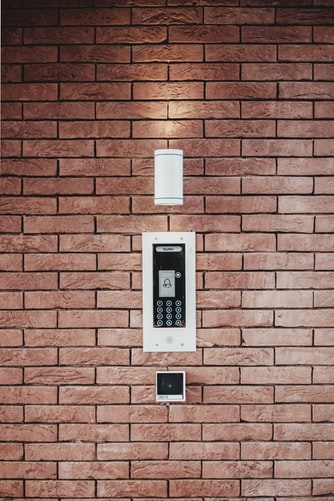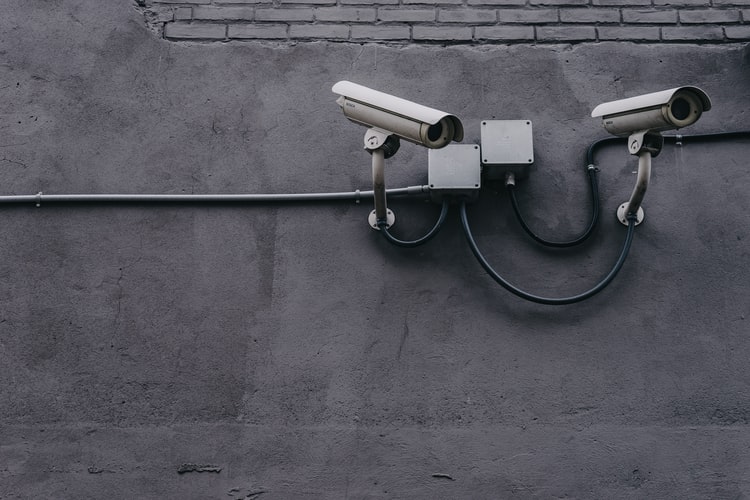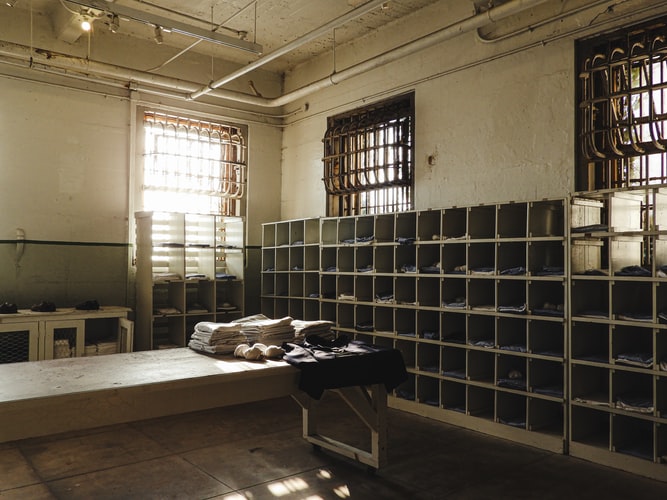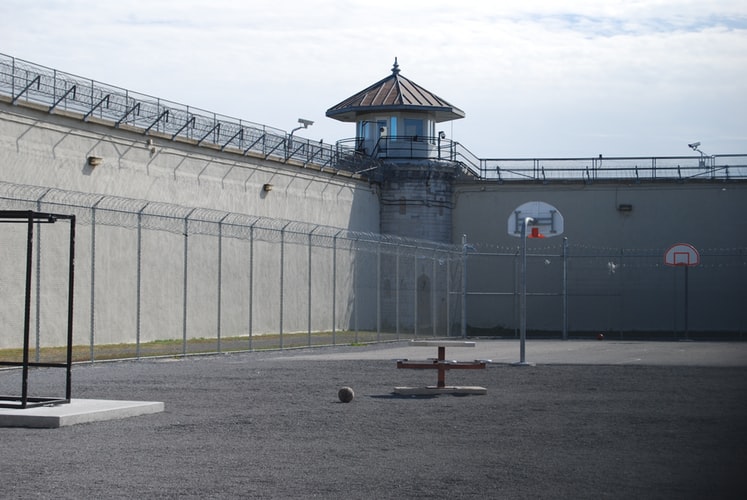Prison Security has become one of the most common concerns of people who have been convicted of a crime. The term “prison” encompasses a wide variety of locations, but they all function as centers for incarceration. A prison is usually a place where inmates are forced into a place of captivity and denied a number of basic liberties. This article will focus on what it means to be incarcerated in a prison and what one can do when they find themselves in one.

Security Sytems
A prison security system involves many elements. All prison facilities are required to implement some type of security systems, whether it be basic guard duty or higher alert systems. Basic guard duty involves staffing the facility while also checking on the general health and welfare of everyone. There are many different types of guard duty such as being a prison guard dog, a prison guard sent to monitor the general prison population or even a prison guard that is placed on guard over a group of individuals who have been accused of a crime. When a facility implements these security systems, they are typically checking on the general security of the facility as well as checking on the security of the individual who is incarcerated.

Types Of Systems
Prison security systems also include various types of prison surveillance. Prison surveillance involves watching a series of cameras inside of a prison. These cameras are used to monitor the activity within a prison by recording facial features, verbal communications and any other activities that take place outside of the prison walls. Industrial thermography is another type of prison surveillance that involves using heat detectors to detect heat patterns within a prison. This heat detection is combined with data loggers and closed circuit televisions to capture images of the facility.
Prison security measures also include making certain that the perimeter of an institution is protected. The perimeter includes the areas outside of the walls of the prison that are not accessible to the inmates. This includes any walkways or other areas of access that an inmate could use to enter and leave the prison. The physical barrier includes razor wire that is placed around the prison to prevent an inmate from being able to cut their way out. This razor wire is surrounded by a high visibility perimeter fence.

Prison security measures also include physical design of prisons that increase protection to specific areas. Prisoners are not given access to areas that may be of interest to them without first providing adequate authorization. This physical design can include placement of guards at all entrances to the prison in order to provide extra protection to sensitive areas. It may also include the placement of physical barriers at various parts of the prison such as at the perimeter or within individual cells.
Conclusion
Prison detection systems are used to help ensure that the prison system is able to serve the public safely and efficiently. By placing these detection systems throughout an institution, it is able to monitor the perimeter, guards and physical design of its facilities. It is also able to determine if there are threats to the general public that would require increased guards with higher levels of visibility. There are many benefits to implementing this system including but not limited to reducing cost, increasing efficiency and preventing escape from inmates. These benefits are only a few of the reasons why institutions find the installation of this technology to be essential to their operations.

Alden Picarella writes about rehabilitation, second chances, and support systems that help individuals rebuild their lives.

